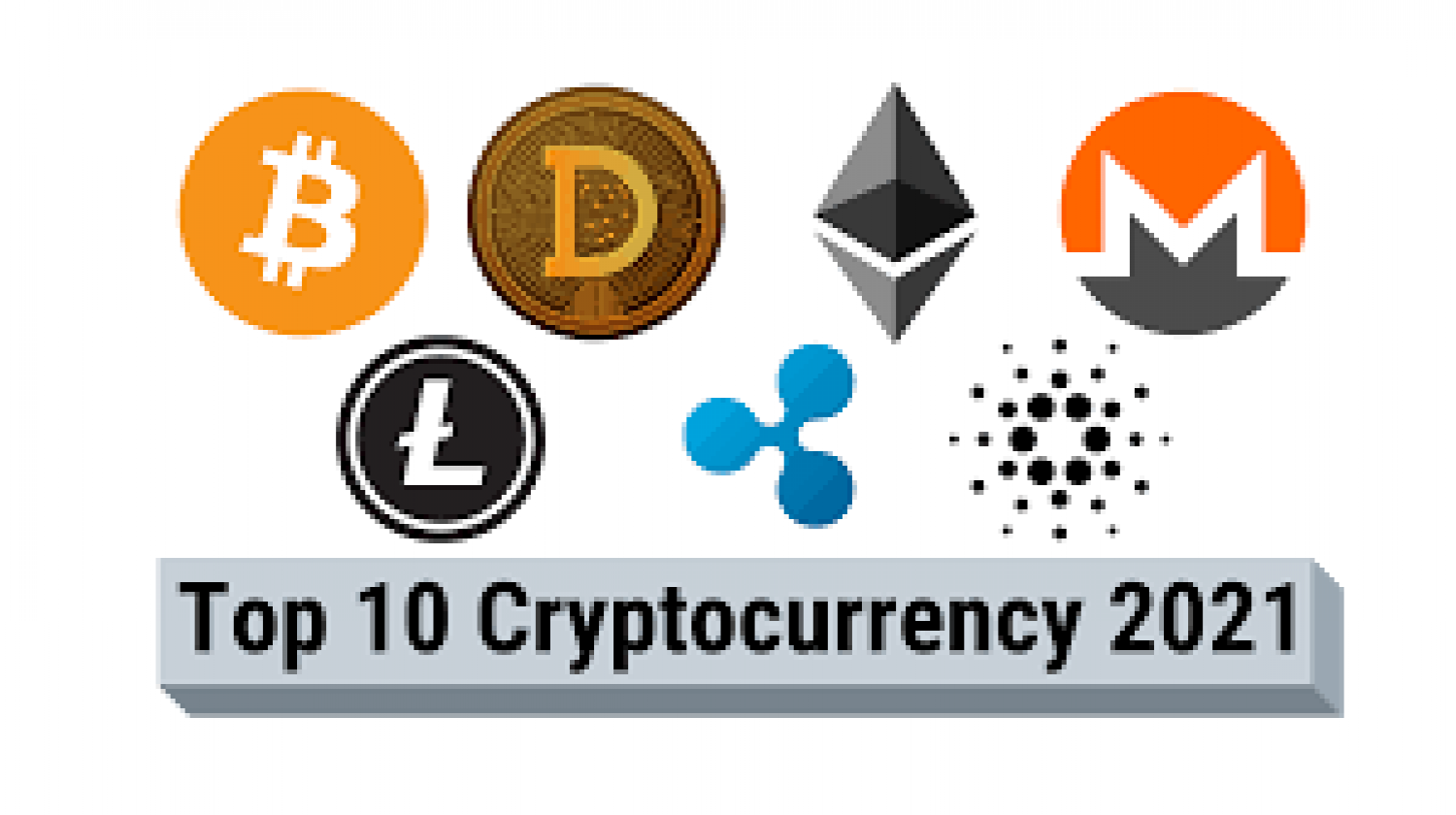Cryptocurrency
A hard fork is a radical change to the protocol that makes previously invalid blocks/transactions valid, and therefore requires all users to upgrade. For example, if users A and B are disagreeing on whether an incoming transaction is valid, a hard fork could make the transaction valid to users A and B, but not to user C.< https://servicioamerica.com/ /p>
The most popular and straightforward option is purchasing Bitcoin and holding onto it. By doing so, you stand to profit as long as the BTC value continues to rise. However, it’s important to note that there is a potential risk of losses if the market experiences a crash. In such instances, you can sell your Bitcoin on the market. Through KuCoin, you can explore Spot Trading, Margin Trading, and Futures Trading to diversify your investment strategy and maximize potential returns.
While Bitcoin is technically inflationary because new coins are continuously mined, the halving events gradually slow down this inflation until it eventually stops around the year 2140, when all 21 million coins will have been mined. This controlled inflation is a key feature of Bitcoin’s tokenomics, helping to preserve its value over time.
Approximately every four years, the reward for mining new Bitcoin blocks is halved. This event, known as “halving,” reduces the rate at which new Bitcoins are created, contributing to its scarcity. The next halving, scheduled for April 2024, will reduce the mining reward from 6.25 BTC to 3.125 BTC per block.

What is cryptocurrency mining
While both Bitcoin and traditional currency are similar in that both are a store of value, they differ in many ways. First things first, Bitcoin is the first and most recognized cryptocurrency – a digital currency that is secured by cryptography. Traditional currency, also referred to as fiat money, is a government-issued and regulated currency.
Over time, miners realized that graphics processing units (GPUs), or graphics cards, were more effective and faster at mining. But they consumed a lot of power and weren’t designed for heavy mining. Eventually, manufacturers had to limit their mining because the increase in demand for GPUs made their prices skyrocket and decreased availability.
Bitcoin mining requires the mining program to generate a hash and append another number to it called the nonce, or “number used once.” When a miner begins, it always starts this number at zero. The nonce changes by one every attempt—first, it’s 0, then 1, 2, 3, and so on. If the hash and nonce generated by the miner are more than the target hash set by the network, the attempt fails, and the miner tries again.
Miners were initially rewarded with 50 Bitcoins, and in 2012 the reward was halved to 25 Bitcoins. Halving occurs once every four years. You can monitor the countdown here. Halving events coincide with the Summer Olympic Games.
Mining is essentially a distributed consensus system. It’s a mechanism through which many people around the world are involved in maintaining crypto networks. “Mining” is a term used to describe the process of validating transactions that are waiting to be added to the blockchain database. Mining is essential on Proof of Work blockchains like Bitcoin’s. Newer blockchains tend to use Proof of Stake and other consensus mechanisms, and they do not need or allow mining.
Top cryptocurrency
At the time of writing, we estimate that there are more than 2 million pairs being traded, made up of coins, tokens and projects in the global coin market. As mentioned above, we have a due diligence process that we apply to new coins before they are listed. This process controls how many of the cryptocurrencies from the global market are represented on our site.
Each of our coin data pages has a graph that shows both the current and historic price information for the coin or token. Normally, the graph starts at the launch of the asset, but it is possible to select specific to and from dates to customize the chart to your own needs. These charts and their information are free to visitors of our website. The most experienced and professional traders often choose to use the best crypto API on the market. Our API enables millions of calls to track current prices and to also investigate historic prices and is used by some of the largest crypto exchanges and financial institutions in the world. CoinMarketCap also provides data about the most successful traders for you to monitor. We also provide data about the latest trending cryptos and trending DEX pairs.
The first chain to launch smart contracts was Ethereum. A smart contract enables multiple scripts to engage with each other using clearly defined rules, to execute on tasks which can become a coded form of a contract. They have revolutionized the digital asset space because they have enabled decentralized exchanges, decentralized finance, ICOs, IDOs and much more. A huge proportion of the value created and stored in cryptocurrency is enabled by smart contracts.
“Expert verified” means that our Financial Review Board thoroughly evaluated the article for accuracy and clarity. The Review Board comprises a panel of financial experts whose objective is to ensure that our content is always objective and balanced.

At the time of writing, we estimate that there are more than 2 million pairs being traded, made up of coins, tokens and projects in the global coin market. As mentioned above, we have a due diligence process that we apply to new coins before they are listed. This process controls how many of the cryptocurrencies from the global market are represented on our site.
Each of our coin data pages has a graph that shows both the current and historic price information for the coin or token. Normally, the graph starts at the launch of the asset, but it is possible to select specific to and from dates to customize the chart to your own needs. These charts and their information are free to visitors of our website. The most experienced and professional traders often choose to use the best crypto API on the market. Our API enables millions of calls to track current prices and to also investigate historic prices and is used by some of the largest crypto exchanges and financial institutions in the world. CoinMarketCap also provides data about the most successful traders for you to monitor. We also provide data about the latest trending cryptos and trending DEX pairs.
Types of cryptocurrency
There are also centralized databases, outside of blockchains, that store crypto market data. Compared to the blockchain, databases perform fast as there is no verification process. Four of the most popular cryptocurrency market databases are CoinMarketCap, CoinGecko, BraveNewCoin, and Cryptocompare.
Tether is a stablecoin, or a currency tied to a fiat currency — in this case, the U.S. dollar. The idea behind Tether is to combine the benefits of a cryptocurrency (such as no need for financial intermediaries) with the stability of a currency issued by a sovereign government (vs. the wild price fluctuations inherent with many cryptos).
According to the European Central Bank, the decentralization of money offered by bitcoin has its theoretical roots in the Austrian school of economics, especially with Friedrich von Hayek in his book Denationalisation of Money: The Argument Refined, in which Hayek advocates a complete free market in the production, distribution and management of money to end the monopoly of central banks.
Many banks do not offer virtual currency services themselves and can refuse to do business with virtual currency companies. In 2014, Gareth Murphy, a senior banking officer, suggested that the widespread adoption of cryptocurrencies may lead to too much money being obfuscated, blinding economists who would use such information to better steer the economy. While traditional financial products have strong consumer protections in place, there is no intermediary with the power to limit consumer losses if bitcoins are lost or stolen. One of the features cryptocurrency lacks in comparison to credit cards, for example, is consumer protection against fraud, such as chargebacks.
In April 2024, TVNZ’s 1News reported that the Cook Islands government was proposing legislation that would allow “recovery agents” to use various means including hacking to investigate or find cryptocurrency that may have been used for illegal means or is the “proceeds of crime.” The Tainted Cryptocurrency Recovery Bill was drafted by two lawyers hired by US-based debt collection company Drumcliffe. The proposed legislation was criticised by Cook Islands Crown Law’s deputy solicitor general David Greig, who described it as “flawed” and said that some provisions were “clearly unconstitutional”. The Cook Islands Financial Services Development Authority described Drumcliffe’s involvement as a conflict of interest.
![Thu Mua Phế Liệu Hà Nội Giá Cao [UY TÍN] Hỗ trợ 24/24](https://thumuaphelieuhanoi.com/wp-content/uploads/2021/07/logo-chuan.jpg)
![Thu Mua Phế Liệu Hà Nội Giá Cao [UY TÍN] Hỗ trợ 24/24](https://thumuaphelieuhanoi.com/wp-content/uploads/2021/07/thu-mua-phe-lieu.jpg)
